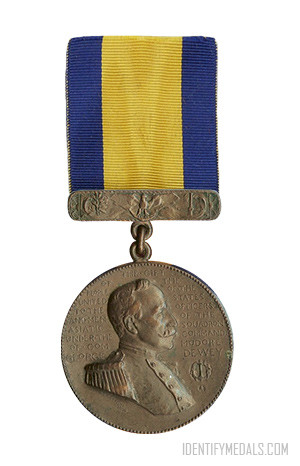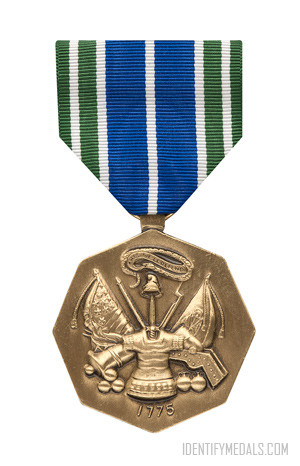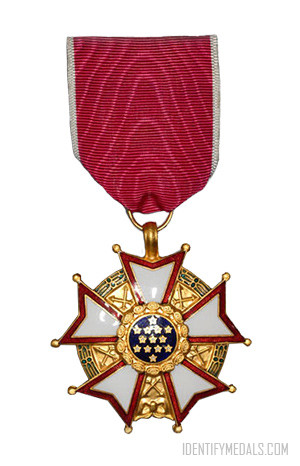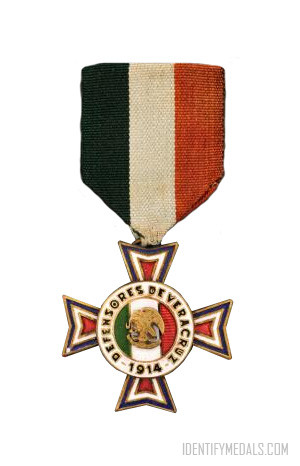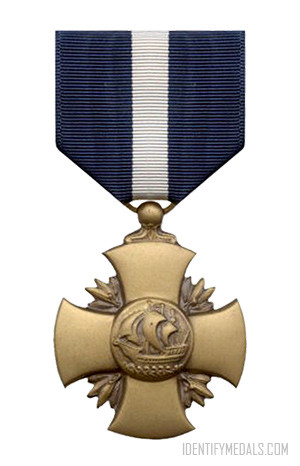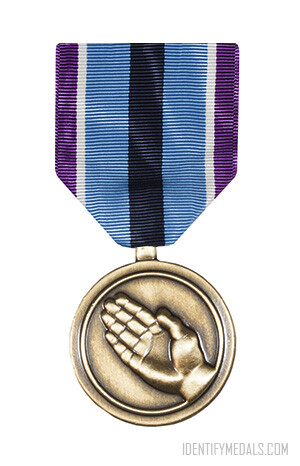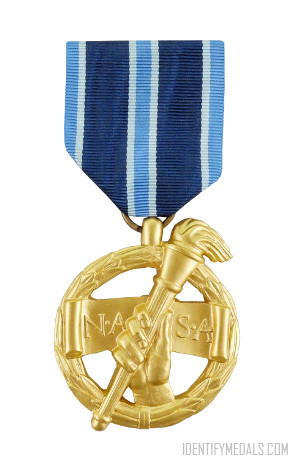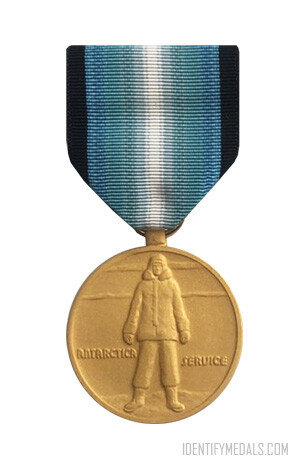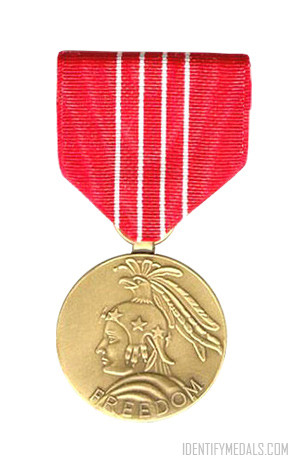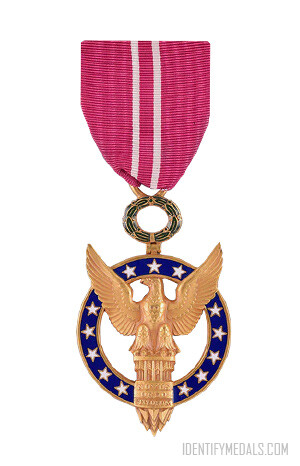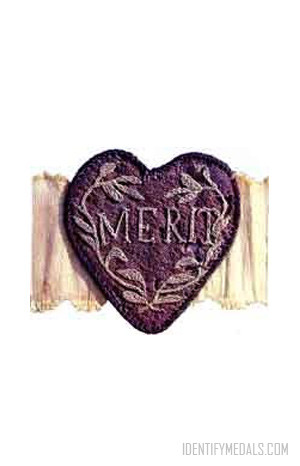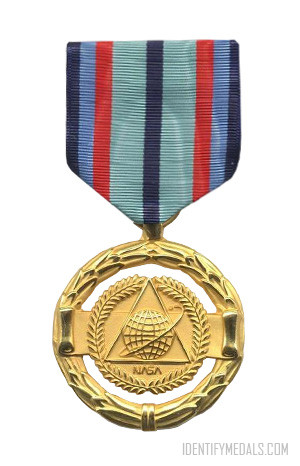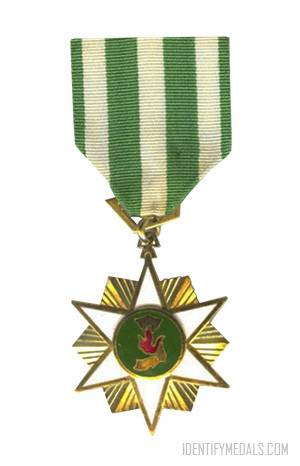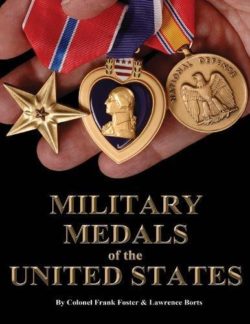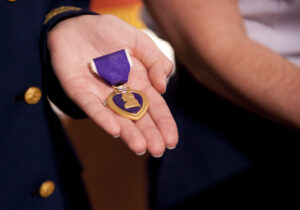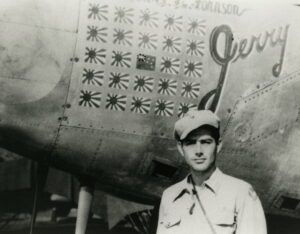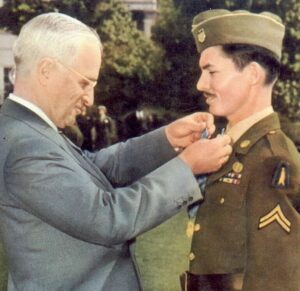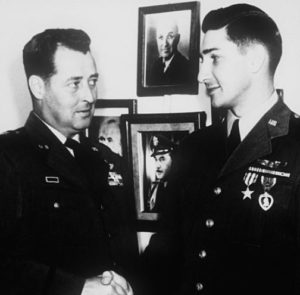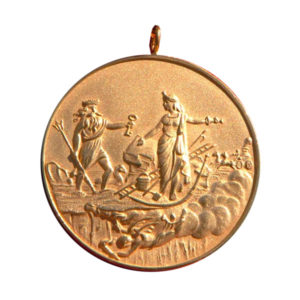- Time Period: Pre-WW1
- Established: June 3, 1898
- Country: United States
The Dewey Medal is a military decoration of the United States Navy established by the United States Congress on June 3, 1898 to recognize the leadership of Admiral of the Navy George Dewey and the Sailors and Marines under his command during the Spanish–American War, as well as United States Marine Corps who participated in the Battle of Manila Bay.
To be awarded the Dewey Medal, a service member must have served on one of the following naval vessels on May 1, 1898: USS Baltimore, USS Boston, USS Concord, USRC McCulloch, USS Olympia,USS Petrel and USS Raleigh.
The Dewey Medal was a one-time only decoration and there were no devices or campaign stars authorized to the medal. It was recognized as being given for active military duty; but because it recognized a single battle in a single campaign, the Dewey Medal was actually a commemorative medal.
The Dewey Medal Design
The medal consists of a circular medallion, struck by Tiffany & Co, upon which rests an image of Admiral George Dewey (out of modesty, the man himself wore it with the medal’s reverse which depicted a sailor sitting on a gun displayed).
The Dewey medal was designed by celebrated artist Daniel Chester French, the same artist who sculpted the statue of a seated Lincoln in Washington’s Lincoln Memorial.
The obverse depicts a bust of Commodore George Dewey. On the reverse is included the name of the vessel on which the recipient served. The name of the recipient is engraved on the medal’s lower rim.
The medal is suspended from a blue and yellow ribbon.

